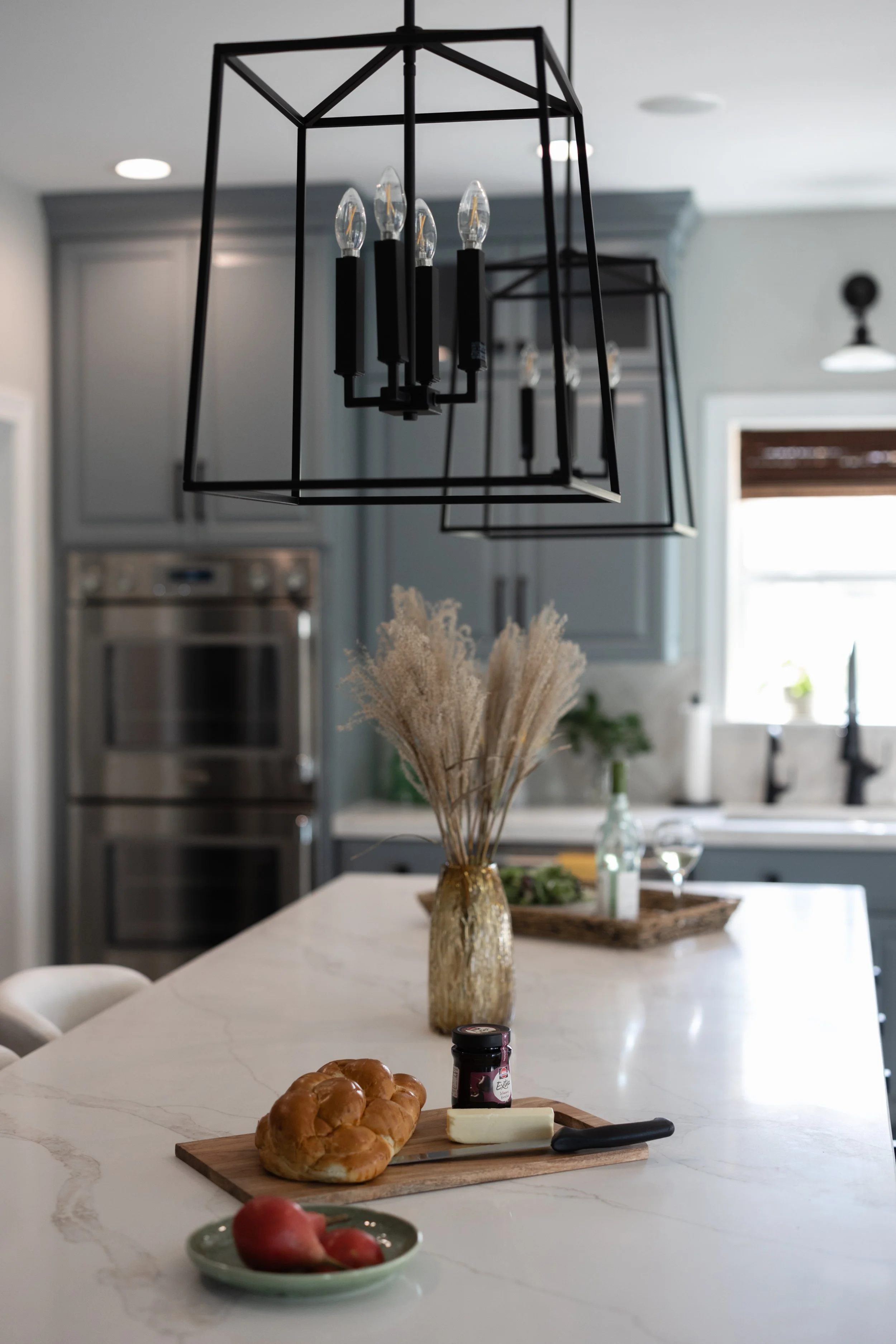The Art of Layered Lighting: Elevate Your Space with the Perfect Glow
Lighting is the unsung hero of interior design. It has the power to transform a space, evoke emotion, and enhance functionality— all with the flick of a switch (or the tap of a smart app). Yet, one of the most common design mistakes is relying on a single light source to do all the heavy lifting.
Enter layered lighting— a strategic approach that combines multiple light sources to create depth, balance, and ambiance. Whether designing a cozy living room, a sleek office, or a luxurious kitchen, layering light ensures every corner of your space looks intentional and inviting. Let’s break down this essential design principle and explore how you can harness it in your projects.
The Three Layers of Lighting.
A well-lit space is not about brightness alone; it’s about balance. Layered lighting typically consists of three key elements:
1. Ambient Lighting: The Foundation
Ambient lighting is your base layer— the general illumination that provides overall brightness to a room. Think overhead fixtures like recessed lights, chandeliers, or flush mounts. This layer sets the tone, but it should not be the only source of light. Without additional layers, ambient lighting can leave a room feeling flat, harsh, or even uninspired.
Design Tip: Instead of blasting a room with bright overhead lights, install dimmers to adjust the intensity and create a softer, more inviting atmosphere.
2. Task Lighting: Function Meets Style
Task lighting is all about purpose. It provides focused illumination for specific activities— cooking, reading, working, or applying makeup. In a kitchen, this means under-cabinet lighting. In an office, a well-placed desk lamp. In a bedroom, sleek wall sconces for nighttime reading.
Design Tip: When selecting task lighting, consider both function and aesthetics. A beautifully designed pendant light over a kitchen island can serve as both a workhorse and a statement piece.
3. Accent Lighting: The Drama Maker
Accent lighting is where the magic happens. This layer highlights architectural details, artwork, or focal points, adding depth and sophistication to a space. Think picture lights over a gallery wall, LED strips inside built-ins, or a dramatic pendant over a dining table.
Design Tip: Accent lighting should be subtle yet intentional. Avoid overly bright bulbs that create glare— opt for warmer tones to enhance the mood.
How to Layer Lighting Like a Pro.
Now that we’ve covered the basics, how do you put it all together? Here’s how to make your lighting plan feel effortless yet curated:
1. Mix Light Sources at Different Heights
A space feels more dynamic when light comes from multiple levels. Combine ceiling lights, wall sconces, floor lamps, and table lamps to add dimension.
2. Consider Bulb Temperature and Wattage
The right bulb makes all the difference. Warmer temperatures (2700K – 3000K) create a cozy ambiance, while cooler tones (4000K – 5000K) are ideal for workspaces. Balance is key— too much cool light can feel sterile, while too much warm light can be overly dim.
3. Don’t Forget Natural Light
Natural light is the ultimate luxury. Maximize windows, use sheer curtains, and place mirrors strategically to reflect daylight. Then, use artificial lighting to complement it as the sun sets.
4. Use Smart Controls for Ultimate Flexibility
Smart dimmers, motion sensors, and app-controlled lighting systems allow you to adjust brightness and mood effortlessly. This adds convenience while ensuring your space always looks its best.
Bringing It All Together.
Lighting is more than just a practical necessity— it’s an essential design element that influences how a space feels and functions. By layering ambient, task, and accent lighting, you can create depth, warmth, and a curated aesthetic that transforms your interiors from ordinary to exceptional.
So, the next time you update a room, don’t stop at furniture and finishes. Think beyond the single overhead light and embrace the power of layered lighting— it’s the secret ingredient to a truly glowing design.
Need expert guidance in crafting the perfect lighting plan for your space? Let’s illuminate your vision— contact us today!


